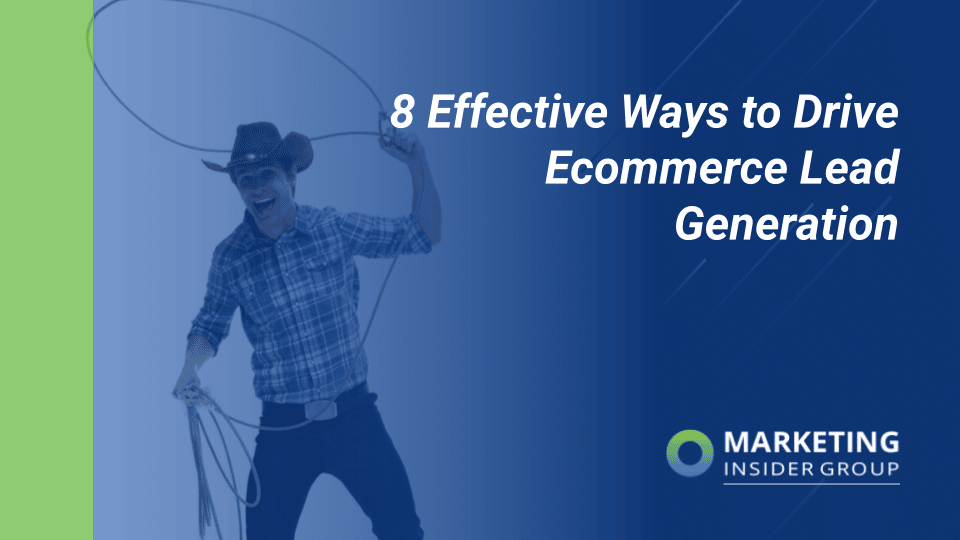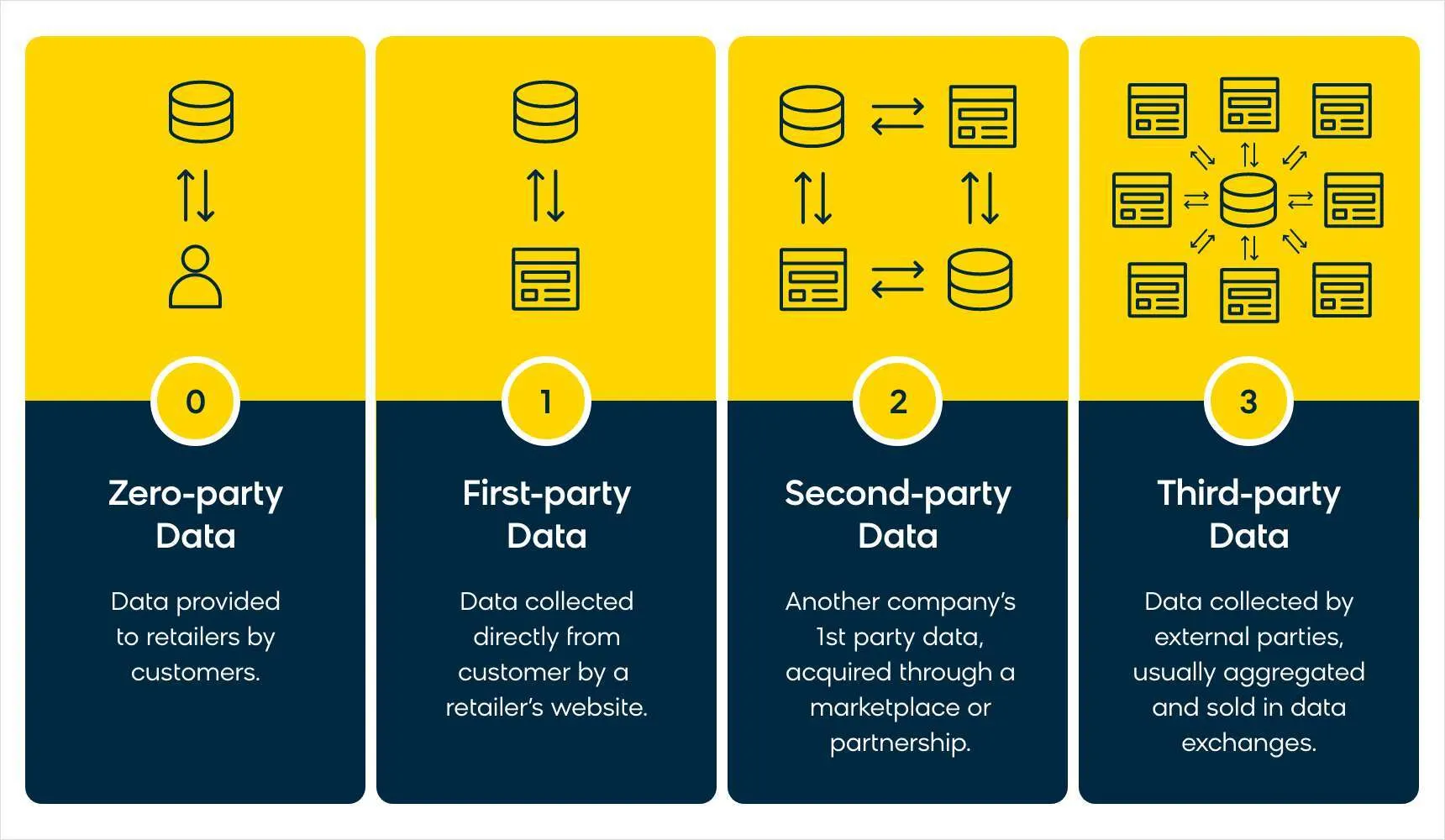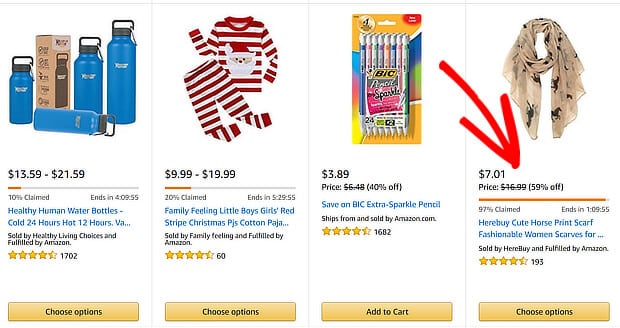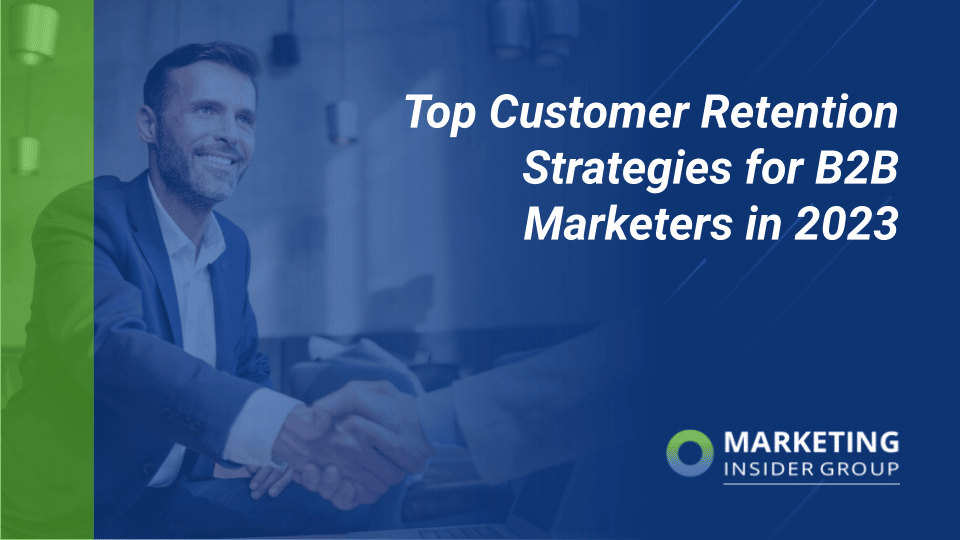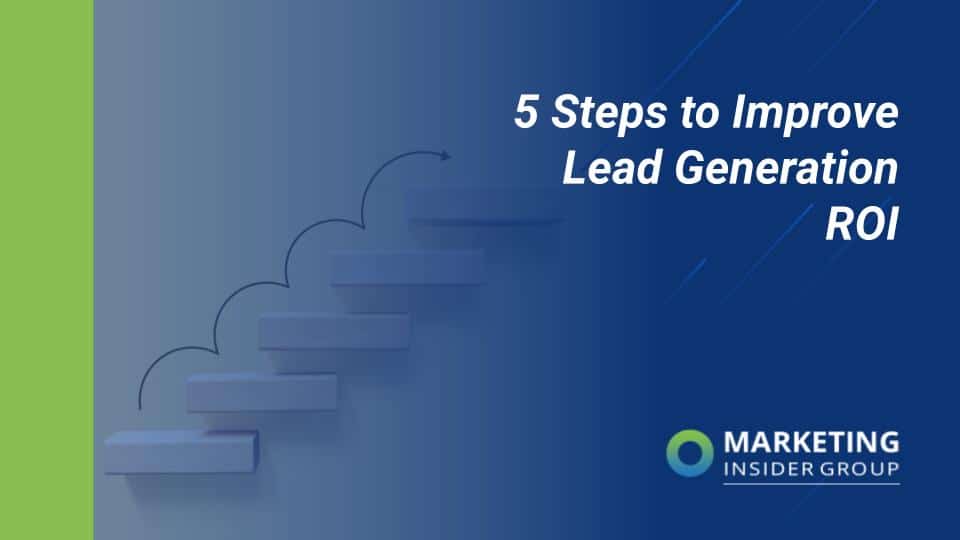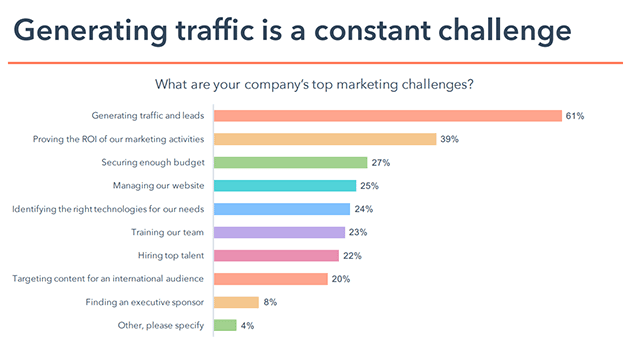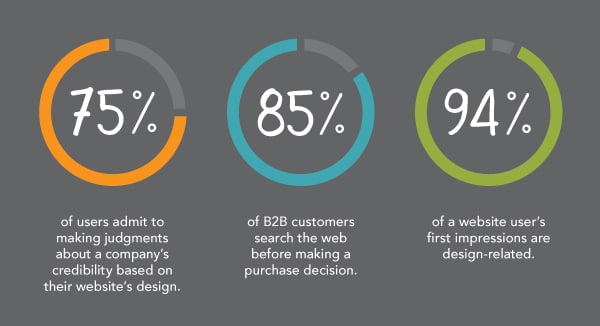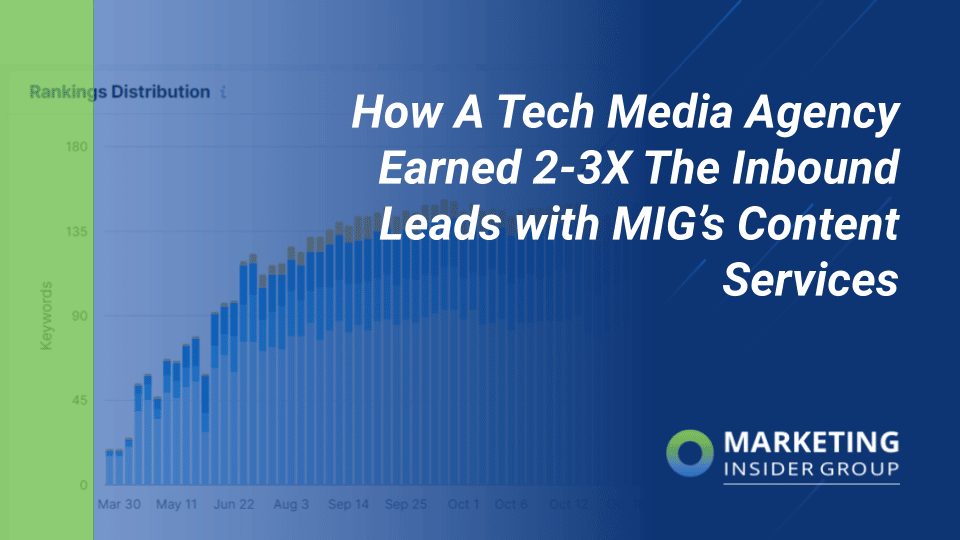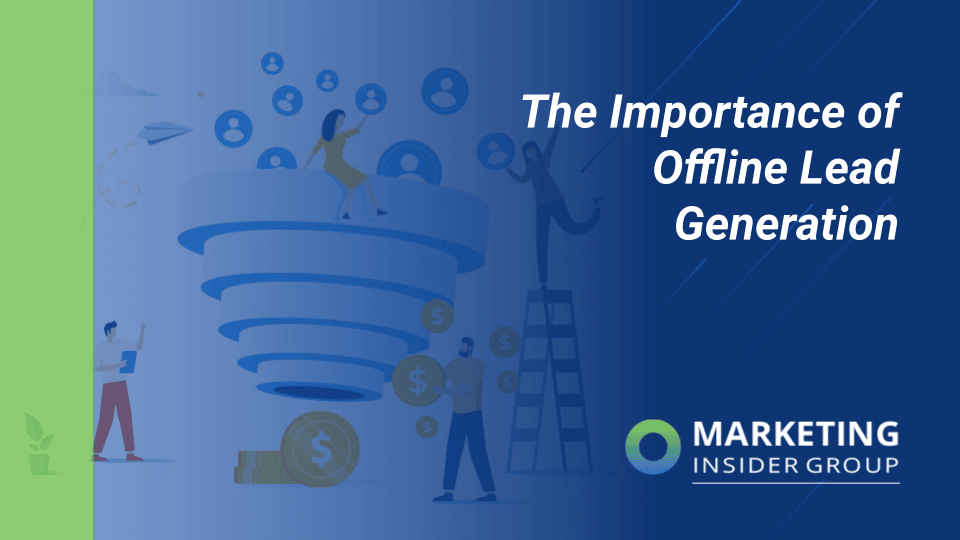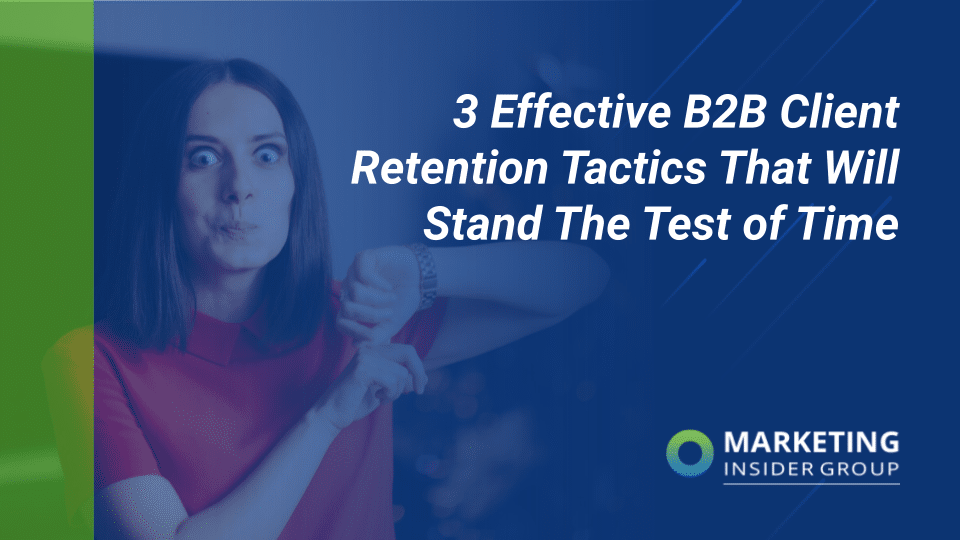
Your clients are the heart of your business and it takes sincere dedication to gain their loyalty in return. They keep your operations flowing and are the reason you create value-centered products or services. For business-to-business (B2B) companies, in particular, the need to integrate lead generation efforts and guarantee client satisfaction is even more essential for retaining business clientele.
As we enter the new year with whispers of a recession, client retention is everything when it comes to companies surviving and thriving in economically turbulent times. According to Forbes and Econsultancy, American companies have lost over $136 billion annually as the result of avoidable customer loss and less than 50% of companies know how to measure Customer Lifetime Value (LTV).
Previous research has shown that B2B companies are able to maintain respectable client retention rates by building customer relationships and brand loyalty. However, there also continues to be a gap in client retention efforts that limits the long-term revenue each client provides. This makes it essential for businesses to place greater effort toward establishing solid B2B client retention tactics and practices.
The exact tactics and their execution are very likely to vary depending on business type and industry. Every company’s client retention strategy will look different. But the key here is that there must be an increased effort year over year in order to keep a pulse on client retention rates. This importance is emphasized in a 2023 study by Zippia, where it was found that 68% of B2B customers are lost due to perceived indifference or apathy.
To help your company build practical and long-standing client retention strategies in 2023, here are some proven approaches to get started.
1. Demonstrate That Your Company Has The Answers
To be both a successful and highly respected business, your brand must demonstrate its trustworthiness and authority to prospective and current clients. Each of your B2B consumers inevitably has many questions about the products or services available to them.
On the marketing side, this means creating inbound content that will answer the questions of target audiences, such as informative blogs, videos, white papers, e-books, or email campaigns. For B2B customer service leaders, this includes managing client communications to address real-time questions and concerns in a smooth, user-friendly and efficient manner. As an entrepreneur, this means thinking about current industry changes and the shifting needs of clientele.
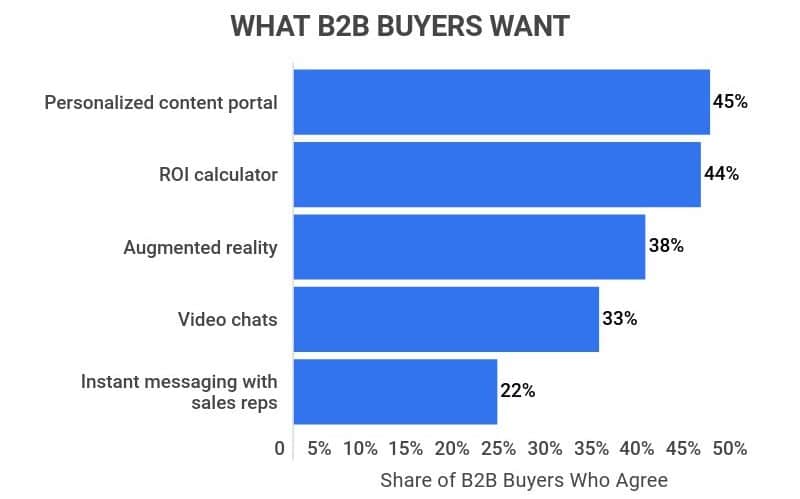
Image Source: Zippia
Ensuring your company has the most effective, dedicated resources that deliver detailed and engaging solutions will quickly improve your B2B client retention rates. When your clients see that you are able to answer questions and provide quick solutions to their problems via mediums they find helpful, they will feel taken care of, secure, and valued from the start.
2. Show Clients That They Are Your Top Priority
When you are looking to turn business customers into highly-devoted, long-term clients, it is key to demonstrate how much you value their loyalty. Previous studies have shown that businesses that make their customers feel valued with client-friendly incentives are able to significantly impact retention efforts and future revenue outcomes. Businesses are able to demonstrate their customer appreciation in a myriad of ways throughout the year, making their clients feel top of mind.
This is often done by providing clients with exclusive benefits or limited-time offers. Other B2B leaders may look to custom retail and corporate gift-giving companies, like Spoonful of Comfort, to provide clients with personalized gifts on special occasions, or even during times of stress or loss. Leaders may also opt for making a simple phone call, sending a thank you card, or another gesture of appreciation.
No matter how you choose to show your business clients that they are your top priority, creating a thoughtful, customized experience is a simple but unique way to be proactive in client relationship building. These thoughtful tactics are often timeless, yet forgotten methods that leave a lasting impact with clients.
3. Share Client Success Stories
When it comes to establishing a growing client base, you want to use the power of storytelling to attract potential long-term business clientele. The most effective B2B customer success stories have the ability to improve prospective clients’ understanding of how your product/service can help them solve their problems. More so, potential business clients that see testimonials, trusted online reviews, personal recommendations, and other forms of customer success stories are likely to see your business as credible and trustworthy. Ultimately, influencing their initial purchasing decisions and pathing the way for lasting B2B client retention.
Your company’s client success stories can be shared on your website, blog, social media, and through more traditional marketing methods. Posting customer stories and videos on B2B social media channels, such as LinkedIn or Facebook, has been shown to increase potential customer interest and overall engagement. This is especially the case when you leverage a strong customer voice or a story that looks at challenges rather than successes. Thinking outside the box when it comes to creatively sharing your customer stories is a sure way to retain more long-term business clients.

Image Source: Trustmary
Sharing a wide range of narratives from your existing roster of clientele, allows your B2B business to focus on each client’s personal journey, highlight product/service successes, and further demonstrate the value of your brand. As a result, using the success stories of your most loyal customers has the capacity to drive conversions, boost sales, and provide the opportunity to maximize your audience reach and impact.
As we enter a new season in 2023, B2B client retention will continue to be essential to the growth and natural life cycle of your company. Implementing the most effective B2B client retention tactics will be necessary in order to create relationships with business clients that will stand the test of time. By focusing on maximizing your existing client relationships and providing functional support, you will be able to keep your clientele engaged and loyal to your company for years to come.
The post 3 Effective B2B Client Retention Tactics That Will Stand The Test of Time appeared first on Marketing Insider Group.


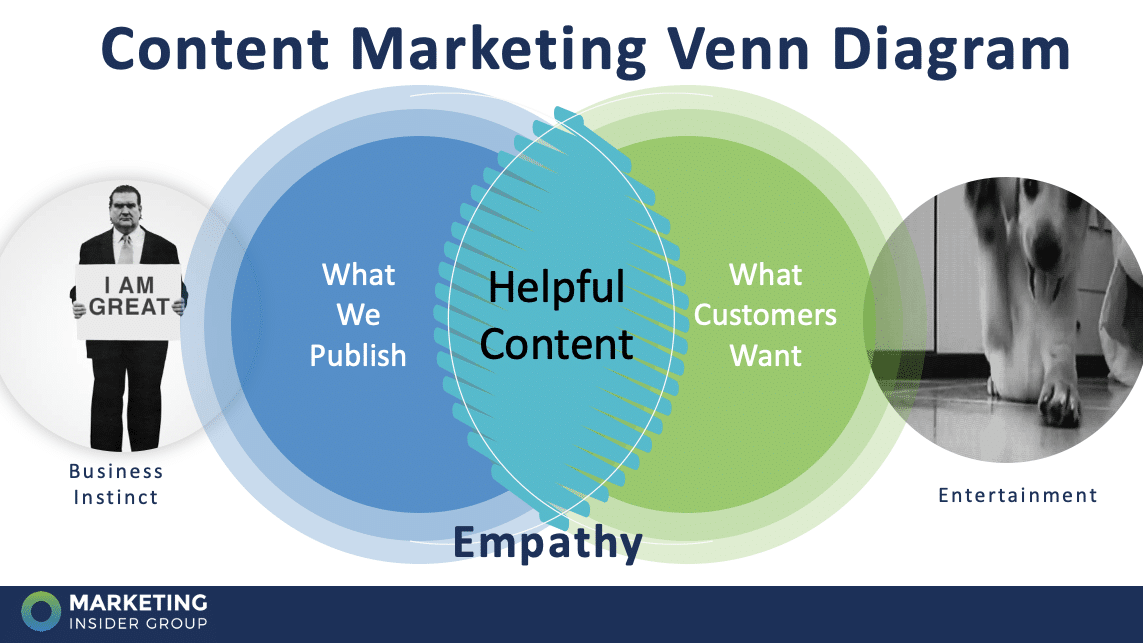
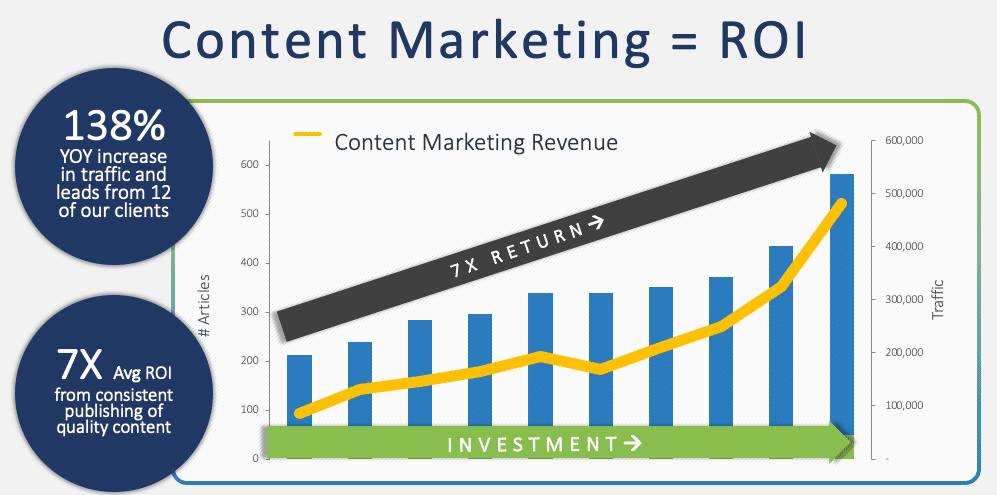
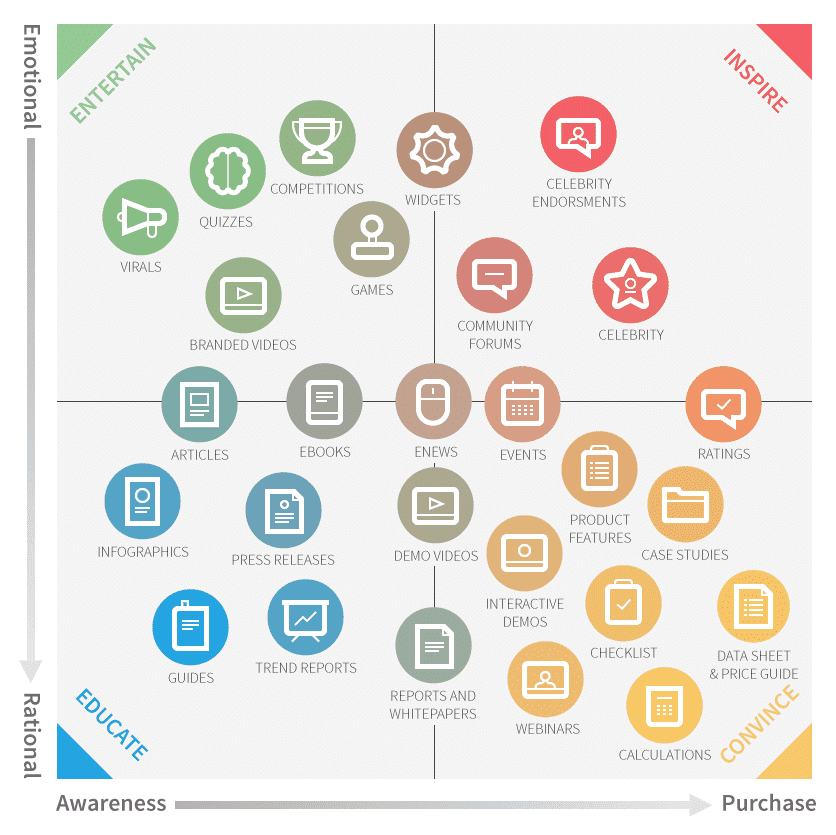
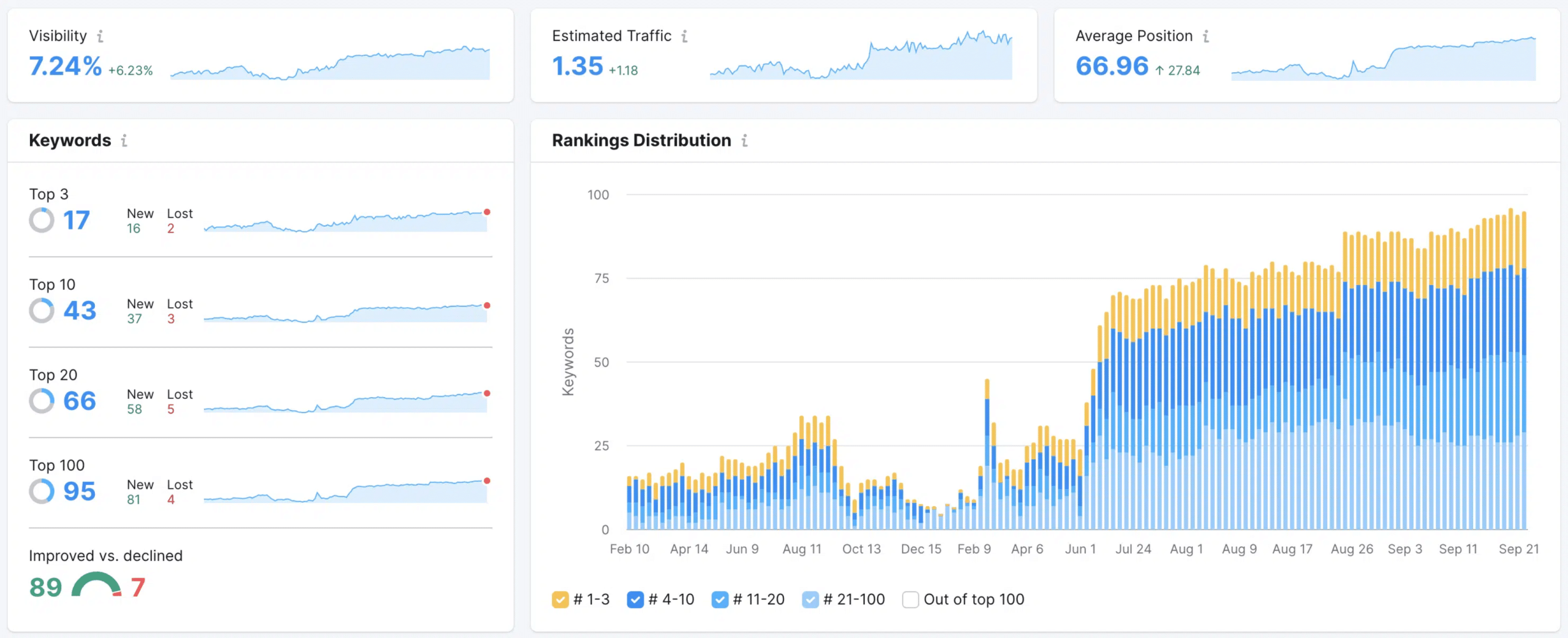

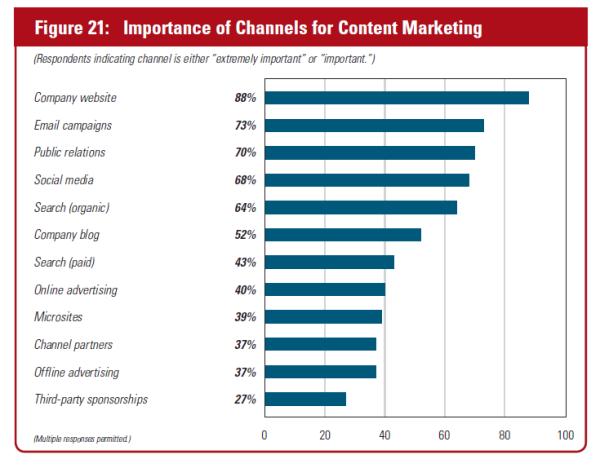

 PS – I put together these 10 tips for optimizing your content marketing. Watch Now!
PS – I put together these 10 tips for optimizing your content marketing. Watch Now!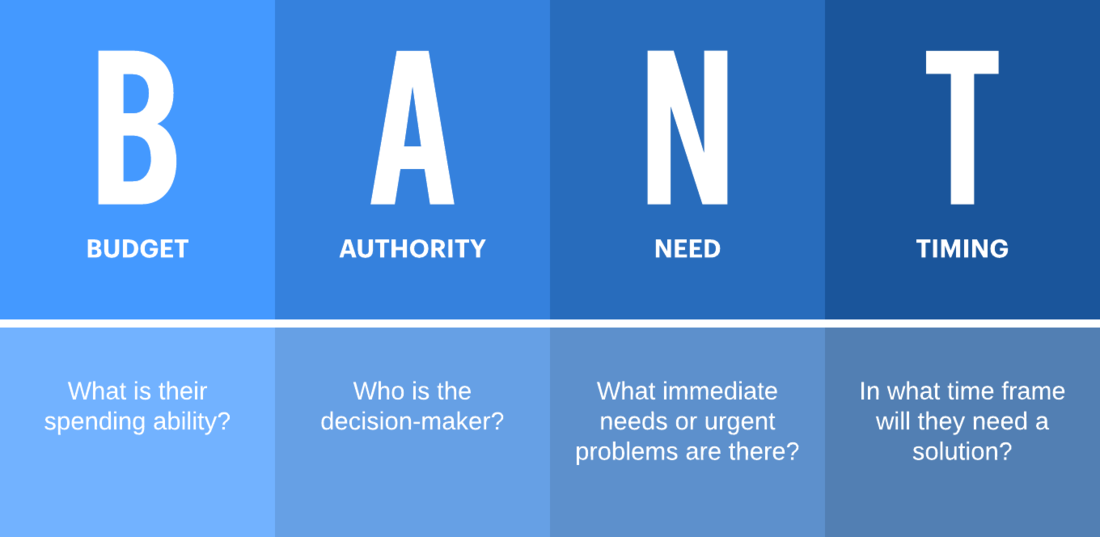
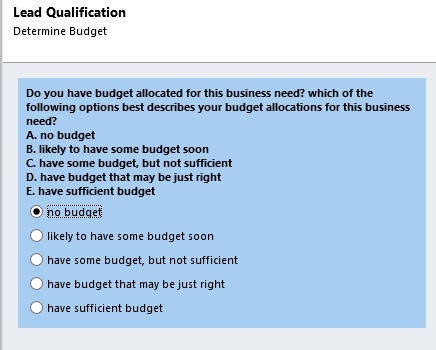
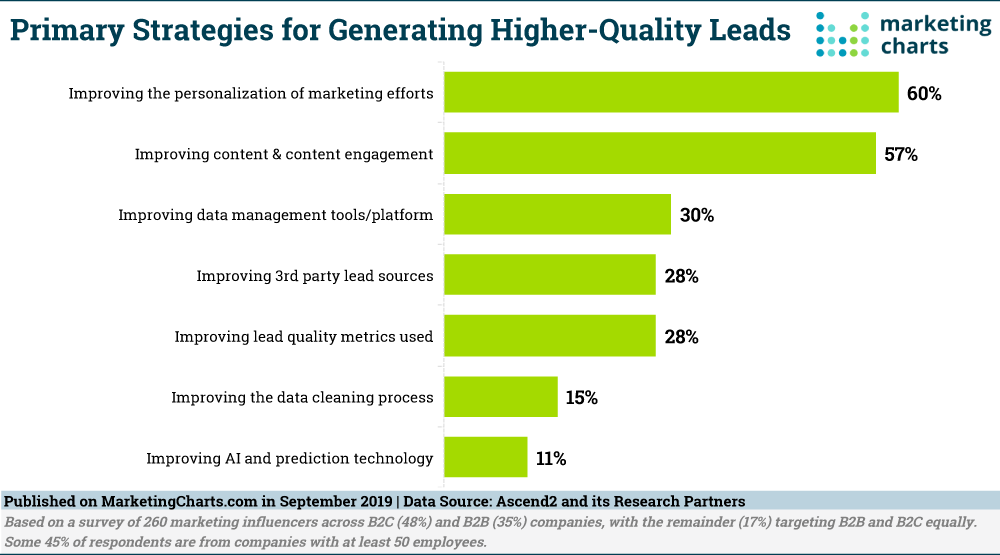
 PS – Check out our latest case study that shows how we helped one company double their leads!
PS – Check out our latest case study that shows how we helped one company double their leads!